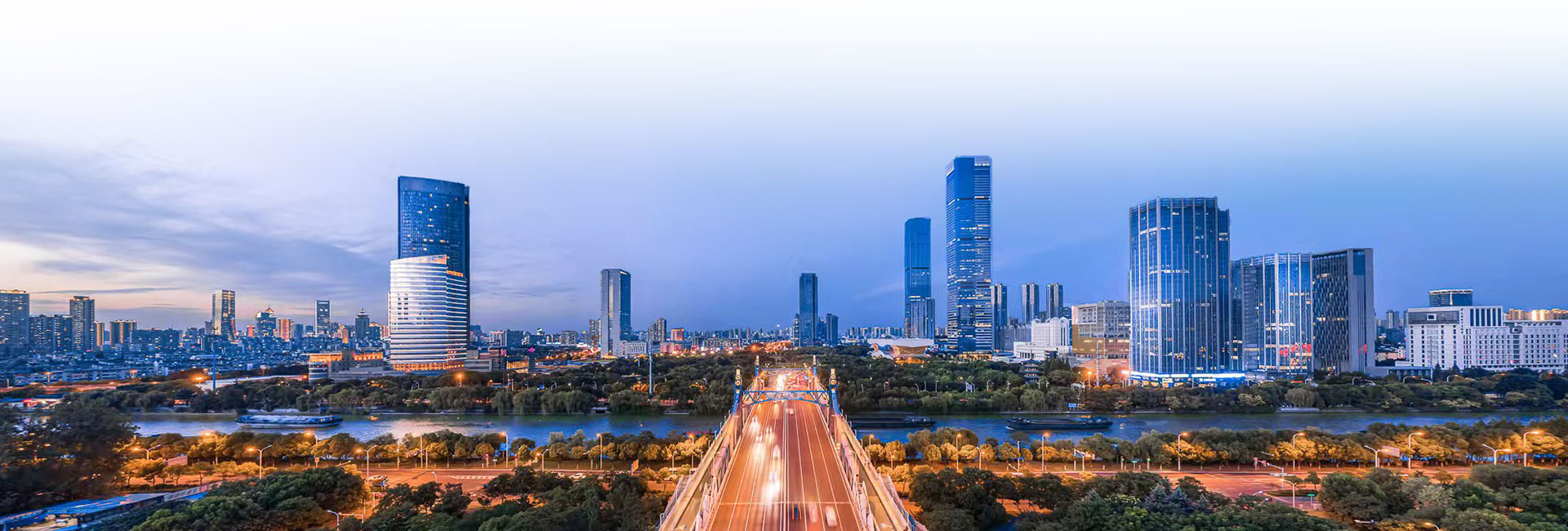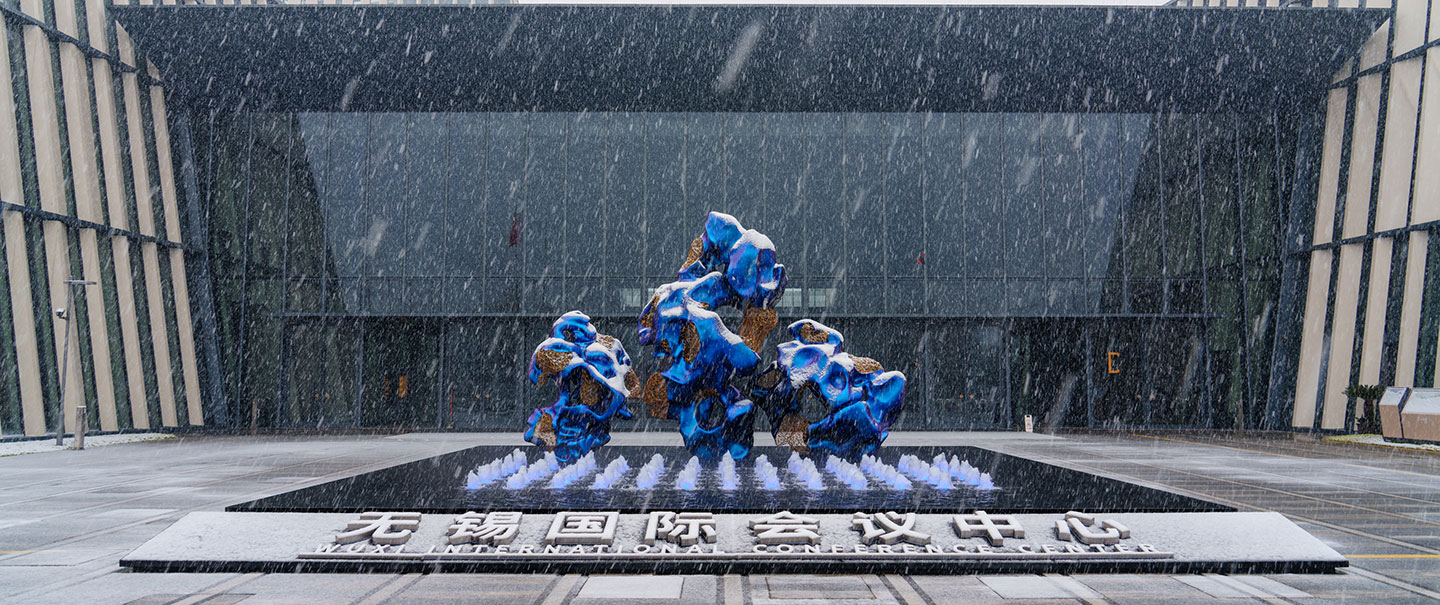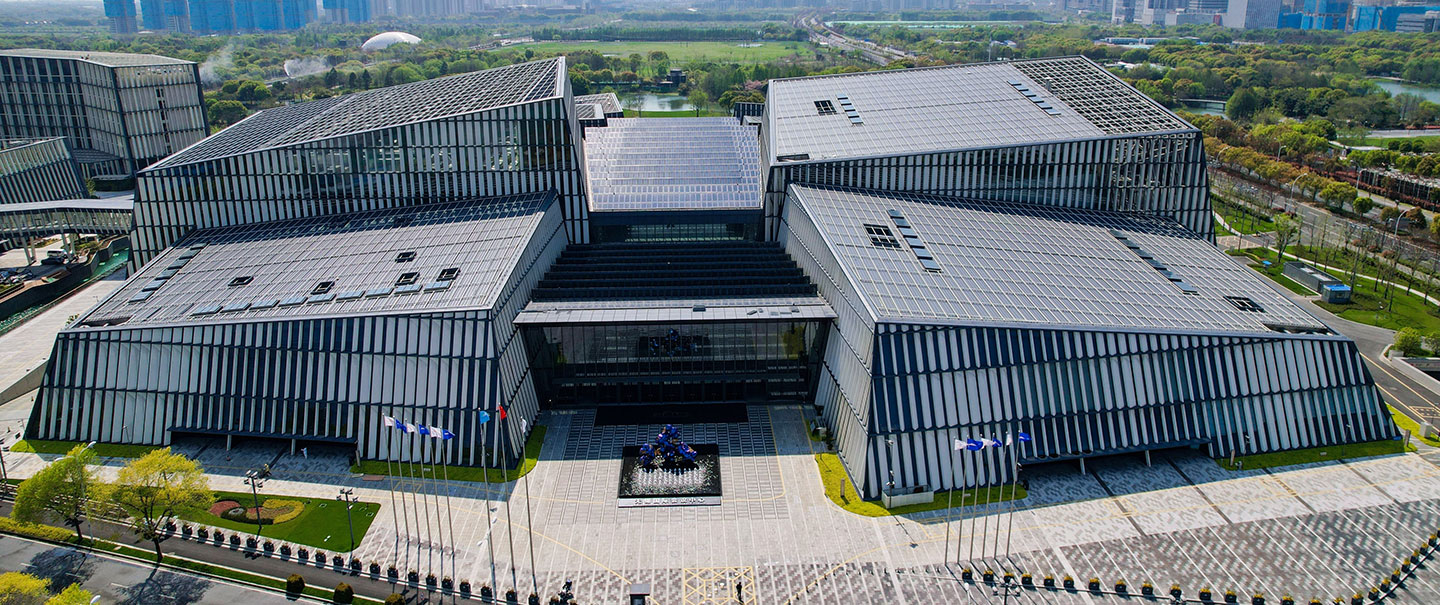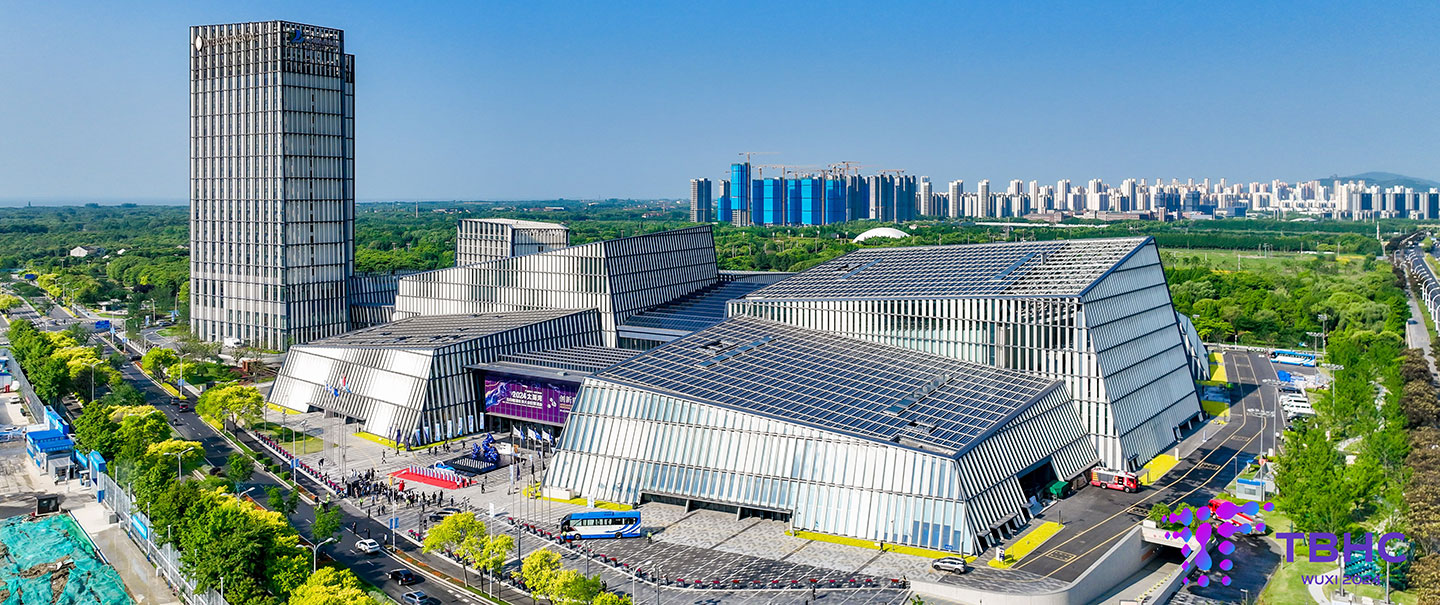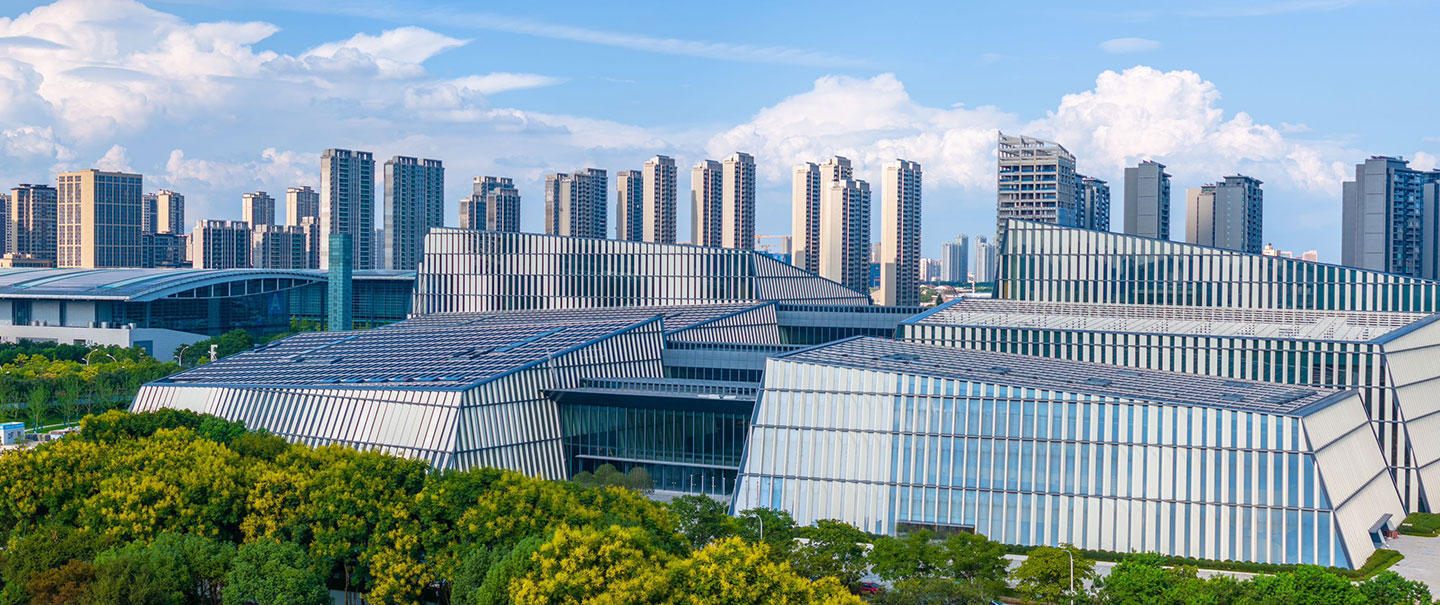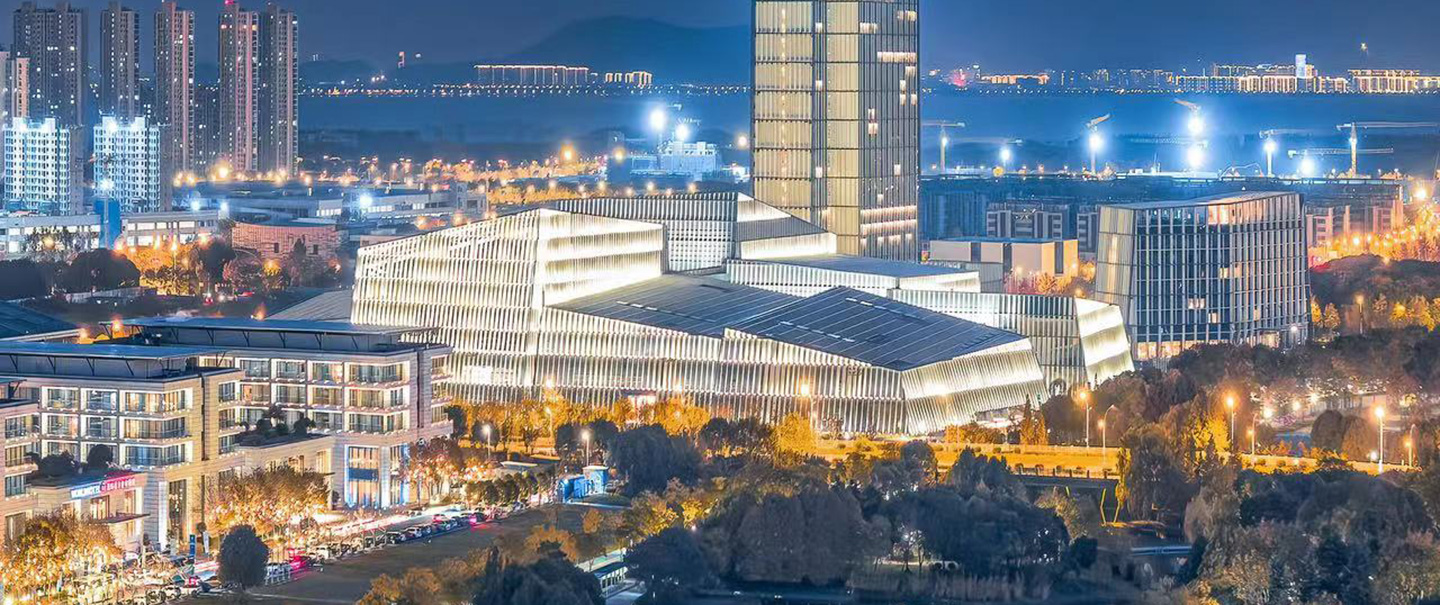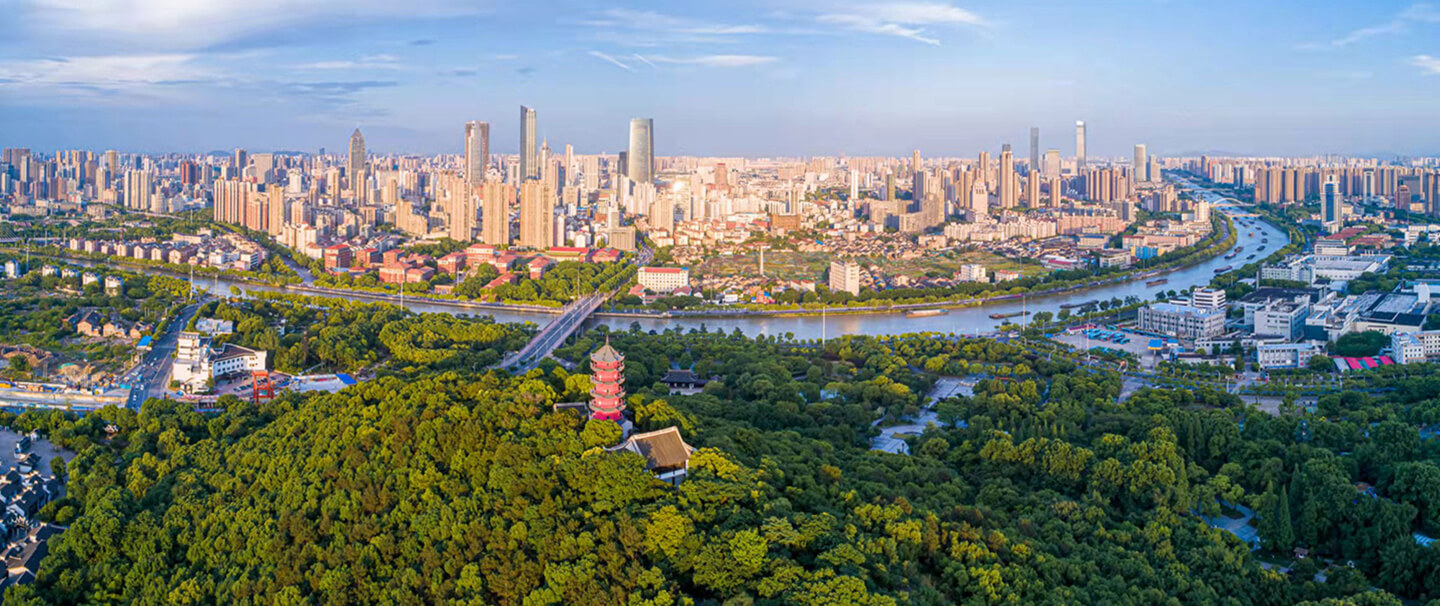Wuxi, abbreviated as "Xi" and also known as Liangxi, Jingui, Xicheng, and Zhenze,is a prefecture-level city under the jurisdiction of Jiangsu Province. Located in the southeastern part of China and southern Jiangsu Province, it borders the Yangtze River to the north and Taihu Lake to the south, with Suzhou to the east and Changzhou to the west. To the south and southwest, it connects with Zhejiang and Anhui Provinces. The historic Beijing-Hangzhou Grand Canal runs through Wuxi, which spans a total area of 4,627.46 square kilometers.
Wuxi is a significant cradle of Jiangnan civilization and Wu culture. According to legend, the city’s name, meaning “no tin,” originates from the depletion of tin mines in Xishan Moutain (Tin Moutain), with its written records dating back to the late Shang Dynasty. In 202BC, during the fifth year of Emperor Gaozu’s reign in the Han Dynasty, Wuxi County was established, later falling under the jurisdiction of Changzhou Prefecture for a long period. In the 16th year of the Republic of China (1927), it became directly governed by Jiangsu Province, and on April 23, 1949, Wuxi County was elevated to a city. Rich in cultural heritage, Wuxi has produced many historical luminaries,including Qian Zhongshu, Qin Bangxian, Rong Yiren, A Bing, and Xu Beihong. The city is a renowned scenic tourist destination and a national historic and cultural city. Notable landmarks include Yuantouzhu Scenic Area, Lingshan Grand Buddha, Huishan Ancient Town, Donglin Academy, Nanchan Temple, and the Qingming Bridge Ancient Canal Historic and Cultural Block.
Platform Information Submission - Privacy Policy
· Privacy Policy
No Data









